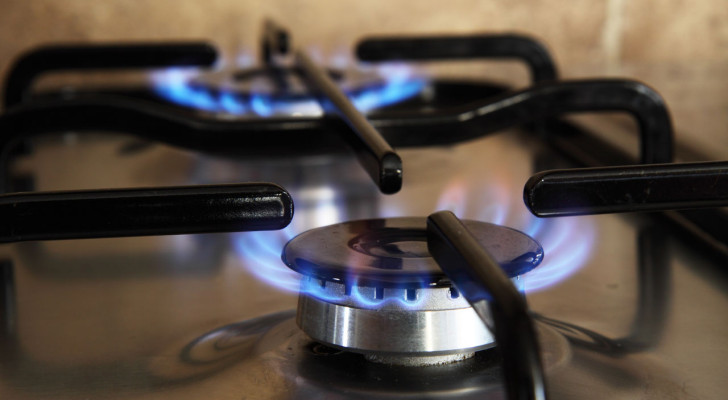Pruning of fruit trees: practical advice for doing this correctly
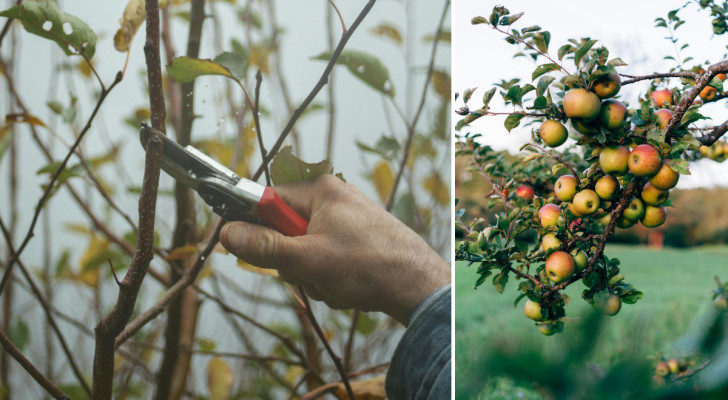
Pruning is essential when it comes to the cultivation of fruit trees, and can help ensure you get good fruit yields.
Incorrect pruning can affect both the foliage (leaves) and roots of fruit trees and be the cause of a crop failing (or producing a low-yield crop).
So how do you properly prune fruit trees? Below, we provide some practical advice:
General rules for correct pruning
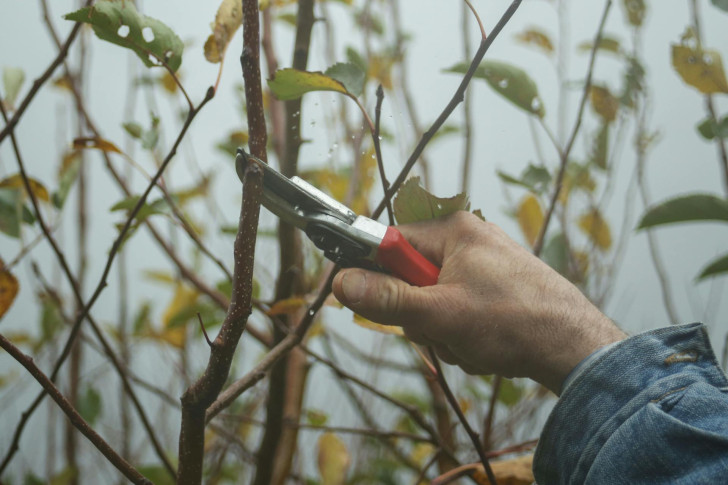
Regardless of the fruit tree species you cultivate, you can follow some general rules for pruning them:
- Pruning must be carried out before the first spring flowering, but paying attention to night frosts: the best time for pruning is at the end of winter, when temperatures are a little milder;
- Always start by eliminating the "suckers", ie. those lateral branches that grow from buds on the stems or on branches at the base of the plant;
- Pruning must be carried out starting from the top (where more pruning will be required), reducing the pruning as you move down towards the base;
- Younger trees require less pruning than mature one, especially when the latter have not grown well in the preceding season;
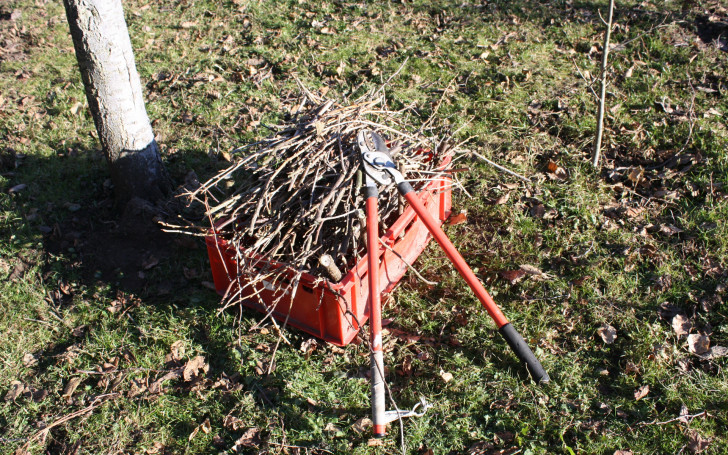
- If a tree is too tall, it will be necessary to prune the upper branches to the desired height;
- Make cuts at the base of the branch, preserving the collar, ie. raised portion at the base of each branch which contains specialized cells for sealing pruning wounds; in this way, bacteria and fungi will not be able to damage your trees;
- To increase the size and quality of the fruit, thin out the shoots on the the branches of a mature tree;
- Finally, there's bending: bending involves gently bending the branches of fruit trees to manipulate their growth patterns for various purposes such as training, shaping and/or encouraging fruit production. Ideally, this bending should be done without the use of weights or spreaders.
Rules for correct pruning of apple and pear trees
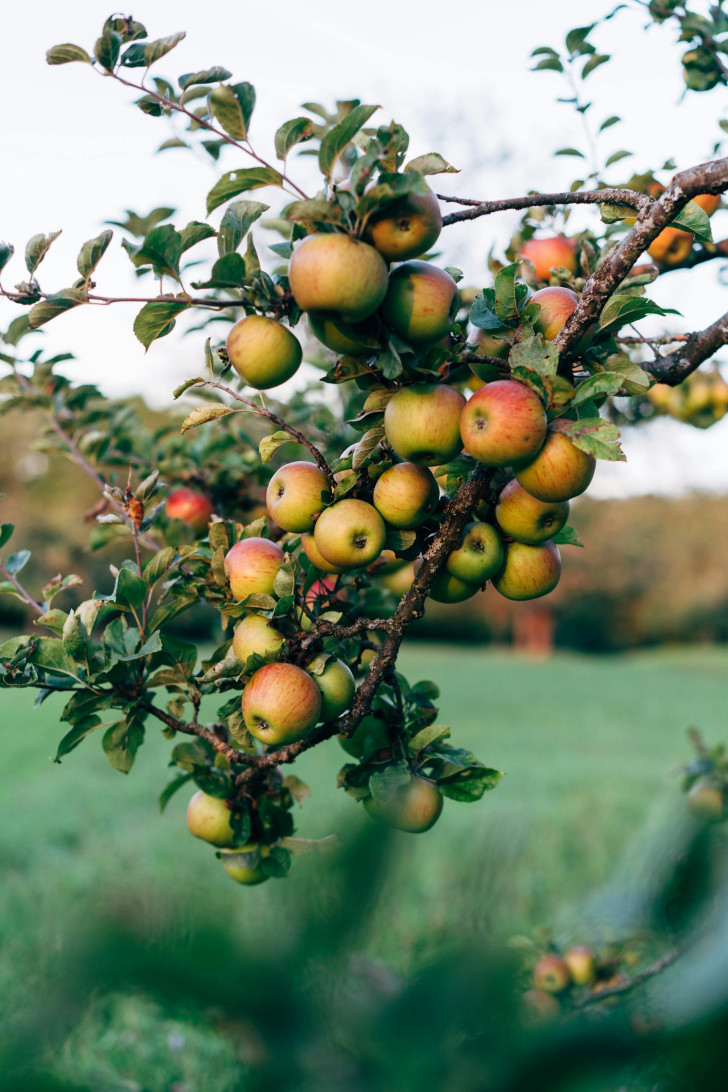
Apple and pear trees should be pruned every winter between November and March to control their growth and ensure great productivity; the purpose of this pruning is to keep open canopies with well-spaced out branches to faciliatate the passage of light and air, which, in turn, will increase fruit production and reduce the risk of parasites and diseases developing.
For this pruning, proceed as follows:
- Start by removing damaged, dead or diseased branches or shoots;
- Remove any crossed branches/shoots/buds that could "grate" on each other;
- Eliminate shoots that are growing inwards;
- Eliminate any shoots or branches that are growing downwards (and will not get good sunlight);
- Encourage current growth by shortening the previous year's growth: cut above an outward-facing bud about 1/4 to 1/3 of the way up the branch;
- For larger trees, it will be necessary to reduce their height and density by cutting the largest branches by up to 1/3;
- If the tree is too vigorous and grows "wildly" despite a light pruning, then give it a summer pruning (from mid-August to mid-September) to reduce growth rate.
Happy harvesting!





